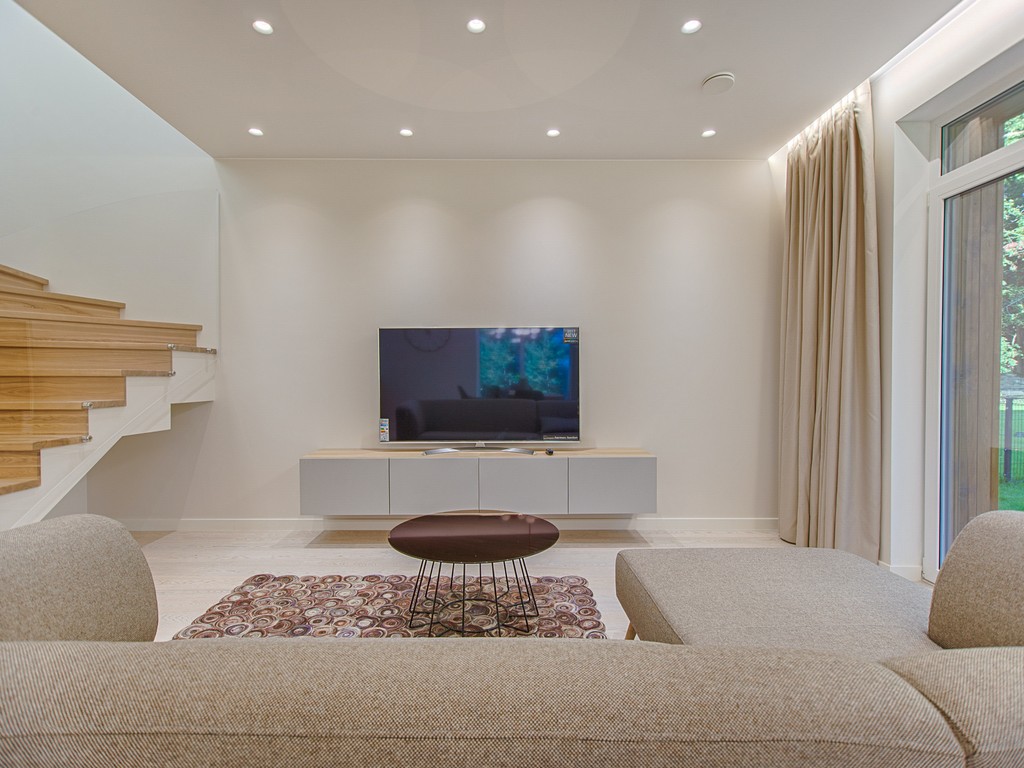Illuminate Spaces: Learn Lighting Design to Redefine Your Interiors
28/09/2023 2024-09-24 17:07Illuminate Spaces: Learn Lighting Design to Redefine Your Interiors

Illuminate Spaces: Learn Lighting Design to Redefine Your Interiors
Is your space missing that ‘Oomph’ or ‘WOW’ factor? You can spend an absurd amount of money and time designing a perfect ambience. If it doesn’t pull the right strings, it’s all in vain. Have you thought about changing the lighting? There’s no doubt that lights do more than just help you see! They fill the room, set the mood, help add focal points, elongate smaller spaces and break up large areas. When implemented effectively, architectural lighting design has the power to improve the well-being of the people around.
If you’re scouring for ways to amplify your interiors, keep reading to learn how to use lighting to your advantage and up your aesthetic game.
Importance of Lighting in Interior Design
We don’t realis it, but lighting is the lifeblood of interior design. It doesn’t just add positive psychological effects; it transforms a space into something entirely new. On the contrary, if the lighting is unpleasant, it can negatively influence a dweller’s perception of space, limit sight, and impact day-to-day activities.
Aspects such as temperature, sustainability, position and layers of light create different settings that influence the entire interior lighting design, which designers must heed from the beginning of a project.
Need a deeper insight? Check out more about sustainable interior design!
In short, it’s the game changer. That’s why interior designers have the onus to use architectural interior lighting and put it to the proper use. Trust us; riffs of light and shade can make a monumental difference in the look and feel of any space.
Now that you know the importance of lighting in interior design, let’s consider different lighting designs that can make or break a project.
Types of Lighting in Interior Design

The flattering lighting illuminates the interior design and highlights your home’s best features. With different layers of lighting, you get more liberty to design your space the way you feel convenient. Whether you prefer a contemporary or traditional style – create a warm, cosy or calm, crisp ambience – it’s all feasible with layered lighting.
The main three types of lighting in interior design are ambient, task, and accent.
Ambient Lighting

Ambient lighting is like general lighting, as it illuminates the entire room. Some light sources that come under ambient light are chandeliers or flush-mount fixtures on the ceiling in the middle of the room.
Additionally, other ambient light sources are small, such as a table lamp or floor lamp, contributing to the overall light in the room. In a nutshell, ambient light is a form of foundational light that is indirect rather than concentrated.
Task and accent lighting focuses more on a single object or function, while ambient lighting illuminates the entire room.
Task Lighting
Task lighting in interior design refers to light installations that provide a focused light ray straight onto a work surface. Opposed to ambient lighting, task lighting isn’t for brightening the entire room or area. The purpose of task light, as the name suggests, is more functional than decorative. It is for different activities requiring closer inspection and improving your sight.
Further, it’s the second lighting layer designed to create a shadow-free environment to facilitate several activities in the specific area. Whether you cook, work, or read a book, task lighting ensures the minute details are visible to complete the tasks and see objects without discomfort.
There are several fixtures under task lighting; the main ones include:
- Desk and floor lamps
- Ceiling pendants
- Under-the-cabinet lights
- Kitchen cabinet lights
- Swing arm lamps
Accent Lighting

Accent lighting is the cherry on top of your architectural lighting design scheme. Accent lights are typically thrice brighter than ambient lights, which intend to spotlight a specific object or region. It draws attention to a feature, such as artwork, decor or architectural pieces like a fireplace, turning them into focal points.
Adjustable and flexible fittings are preferable in such scenarios, as they converge the focus on small areas or things. This type of light can underline the most crucial elements and double up as a piece of craftwork itself.
Want to know more about different lighting types in interior design? Read it here!
Final Thoughts
No interior design project is complete without lighting design inputs. The correct lighting layout can accentuate the space and improve functionality. Blending different light sources is vital to transform an old, stingy room to feel fresh and pristine. Moreover, it can take your interior lighting design India to new scales.
However, it takes a unique skill set to understand the intricacies of lighting design. If you aspire to build a career in interior design and learn ways to create a lighting plan, a design course is the perfect stepping stone.
So, why don’t you choose a lighting design course under BSc. in Interior Design and Decoration from the JD School of Design? The intriguing classes will empower you to immediately be ready to work as a professional in the dynamic industry.













